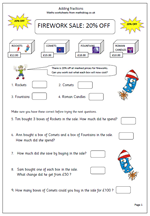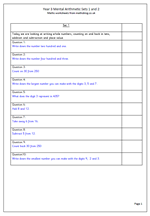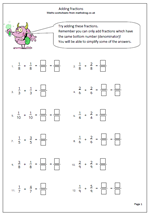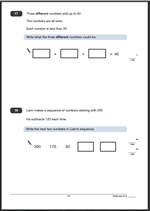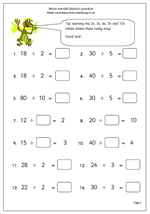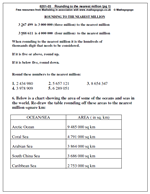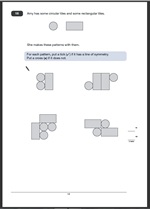Thanks to urbrainy.com for letting me publish this page. There are more bonfire night pages on their site, which you can trial free of charge at urbrainy.com
It’s always nice to have something topical to use as part of the maths curriculum. Here we have a page on percentages, linked to the theme of bonfire night, or fireworks.
Four different kinds of fireworks are on sale, with 20% off. The questions involve working out how much the boxes cost and how much in the way of savings can be made.
Finding 20% is relatively straightforward if done in two parts:
first find 10% by dividing by 2
find 20% by doubling the answer.
You can find this page in my Year 6, Understanding Number section.
Thanks to urbrainy.com for letting me publish this page. There are more bonfire night pages on their site, which you can trial free of charge at urbrainy.com
